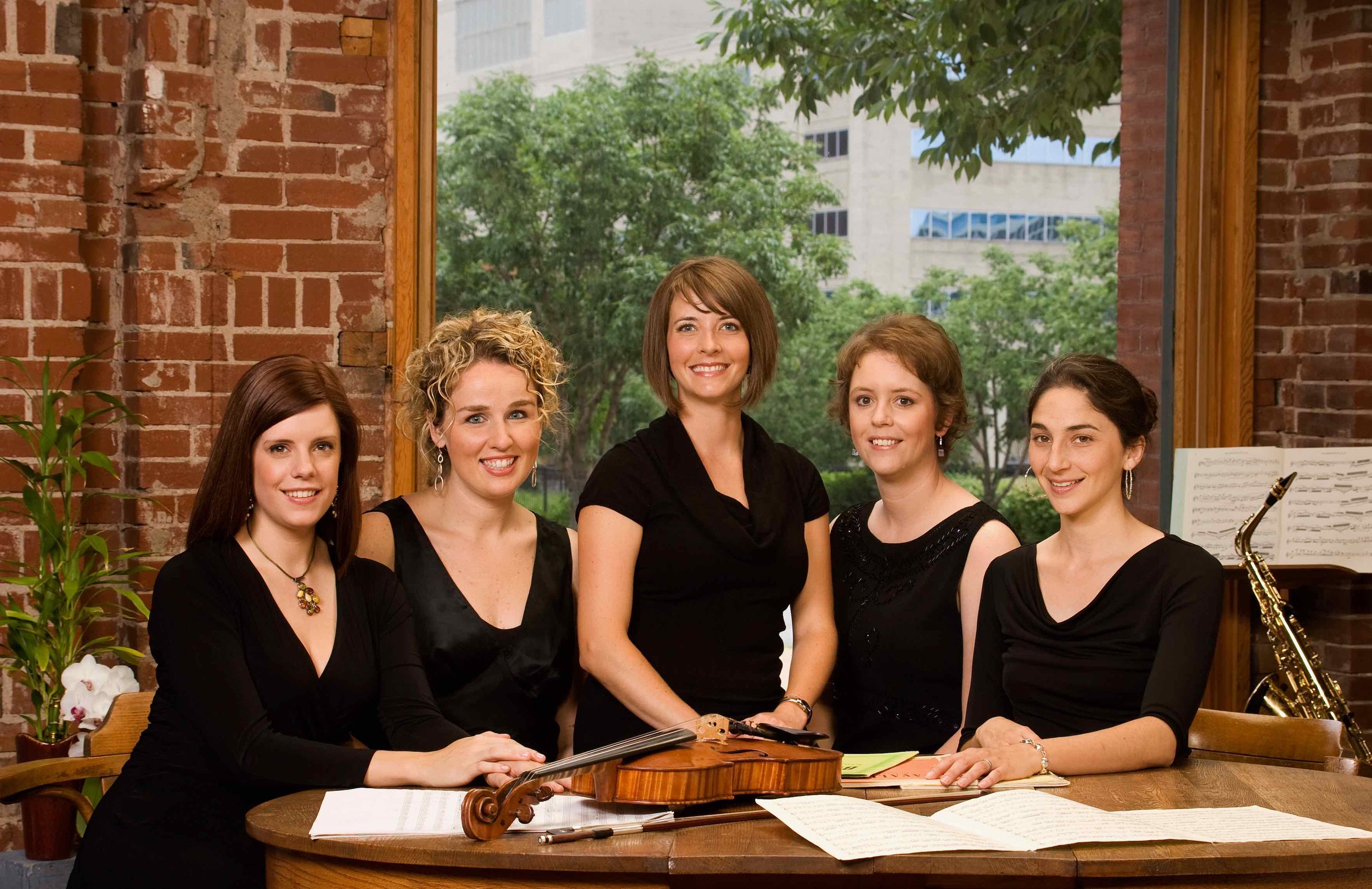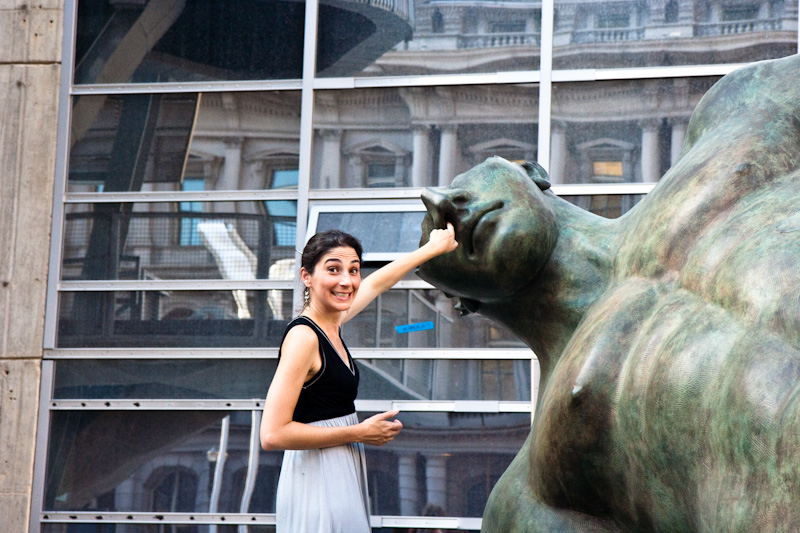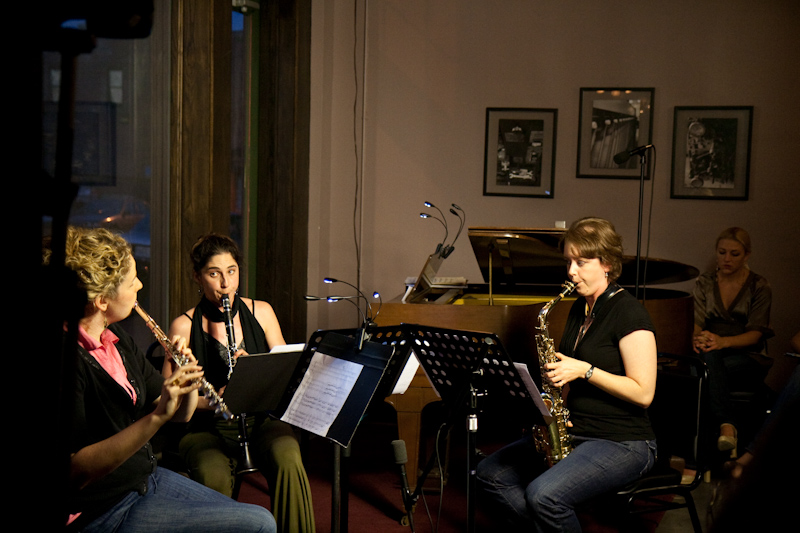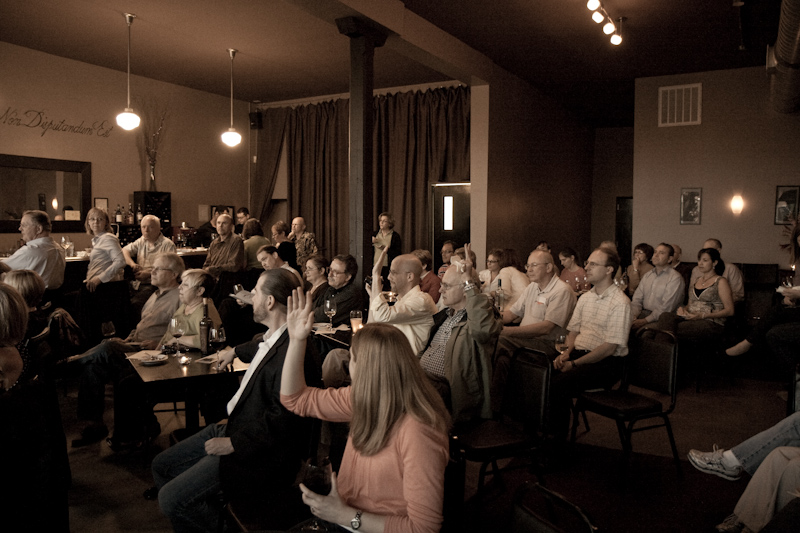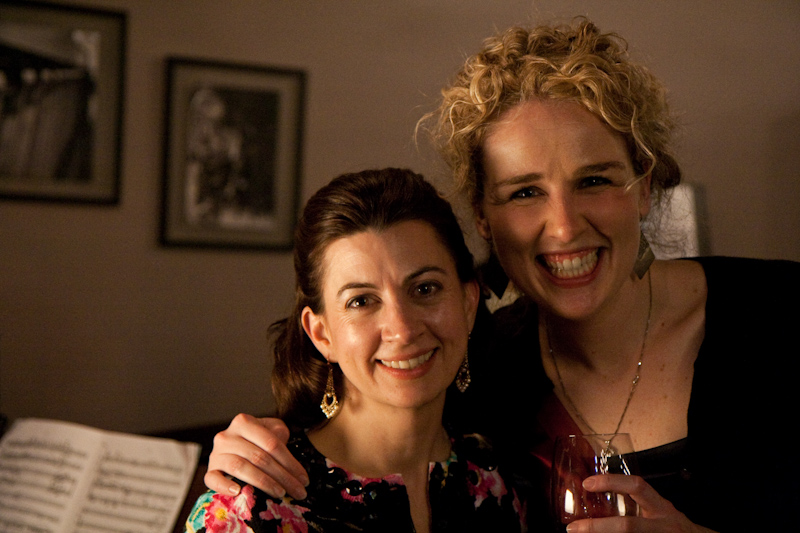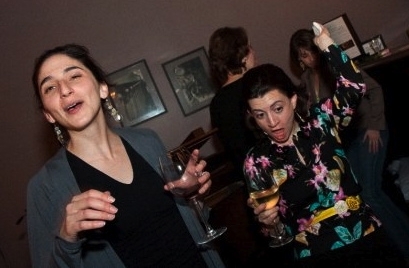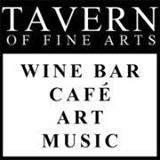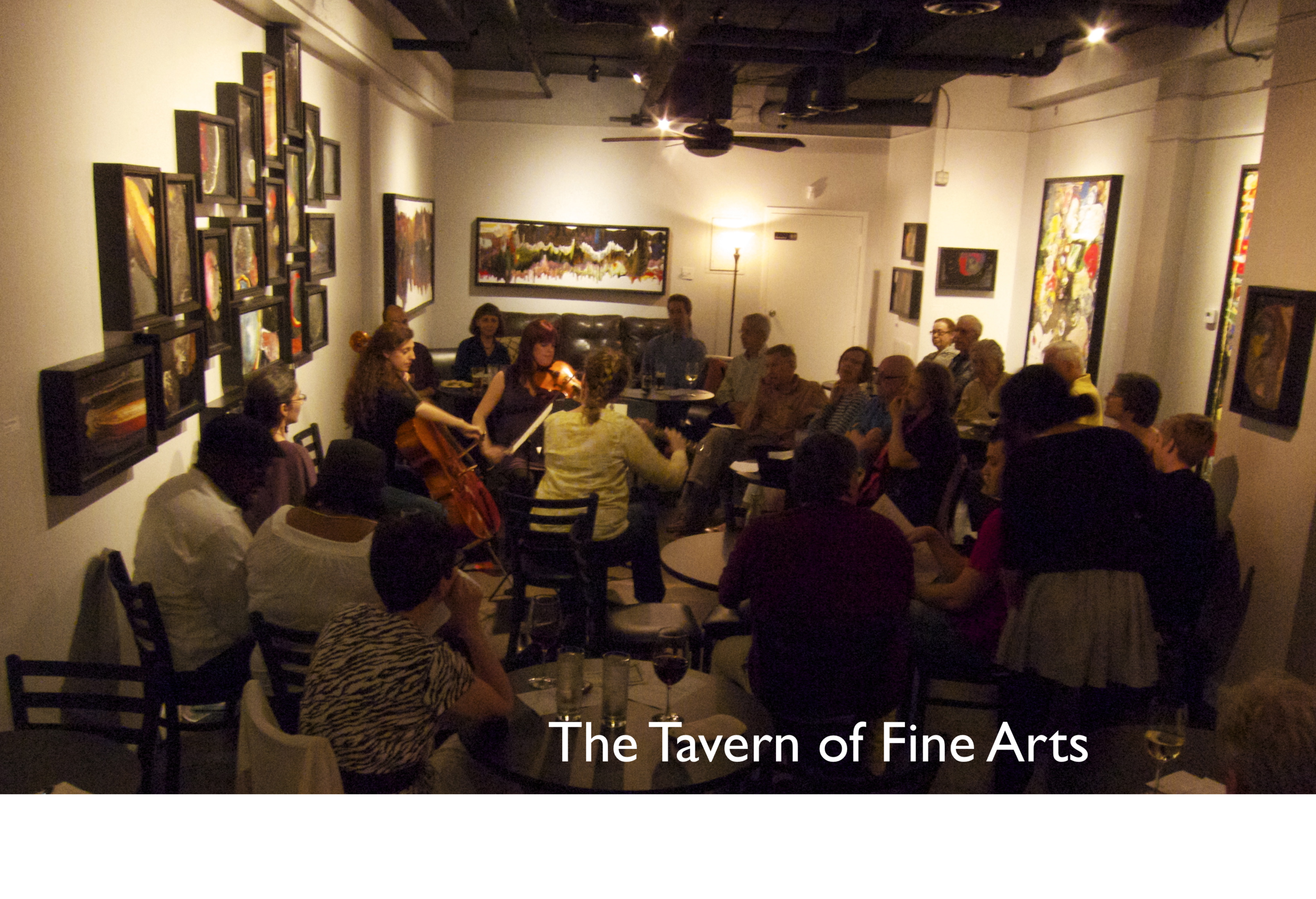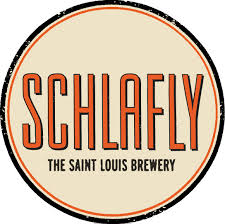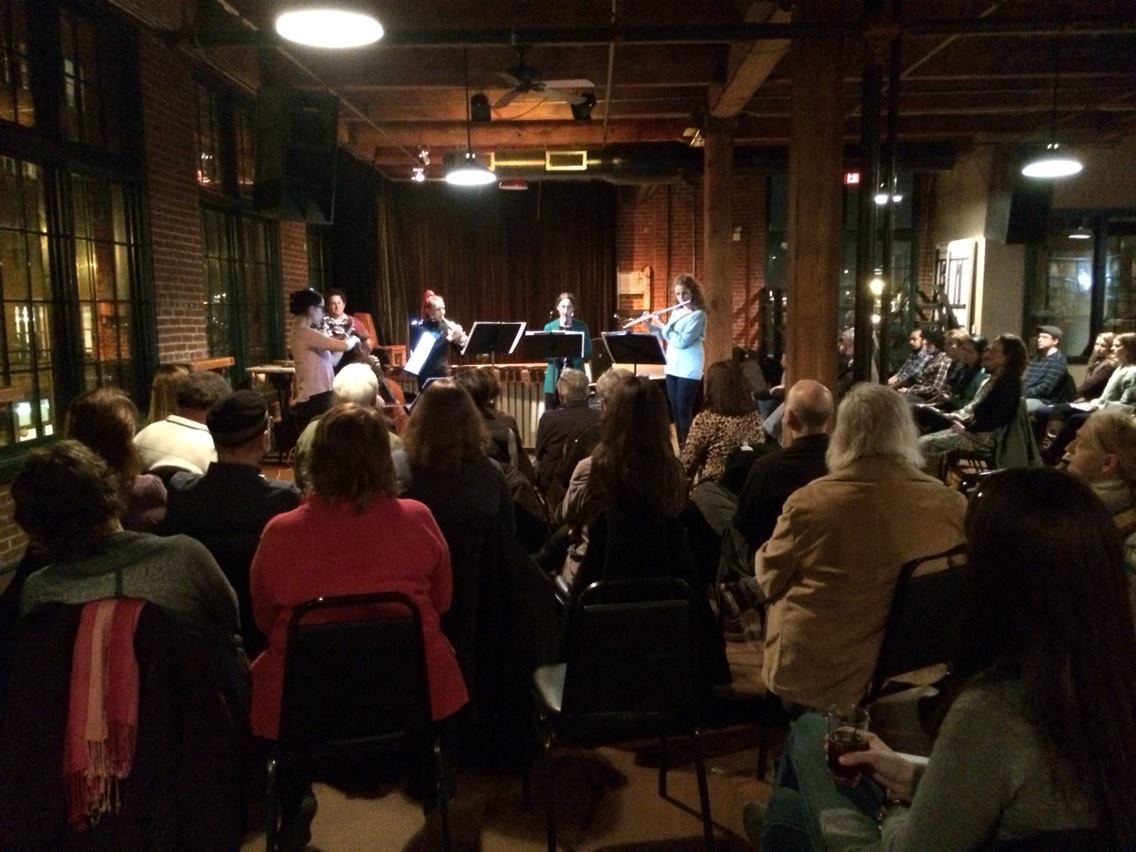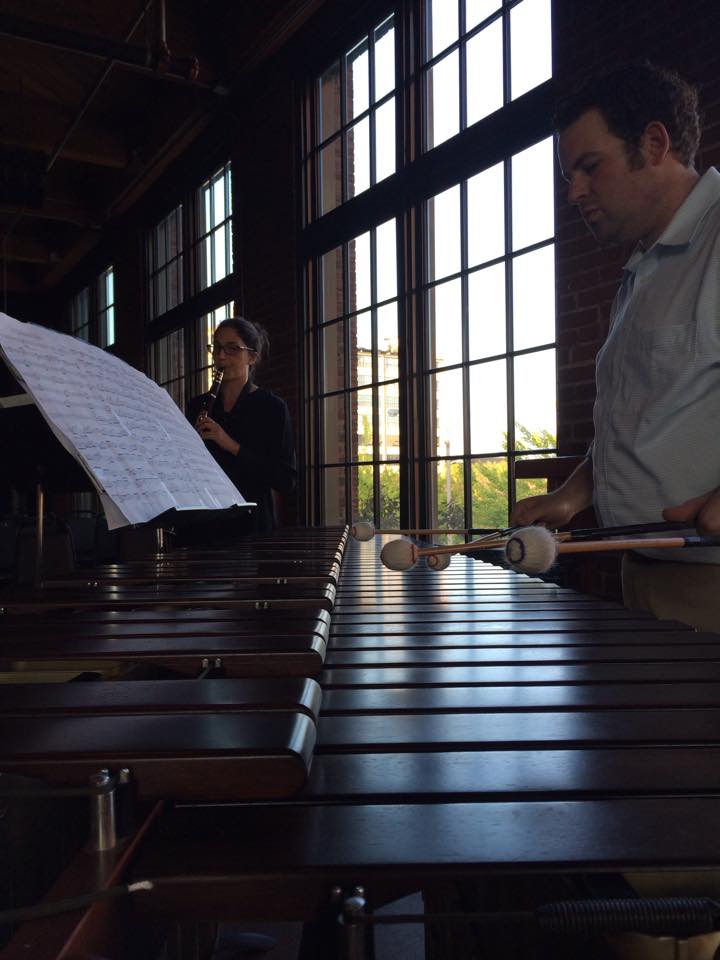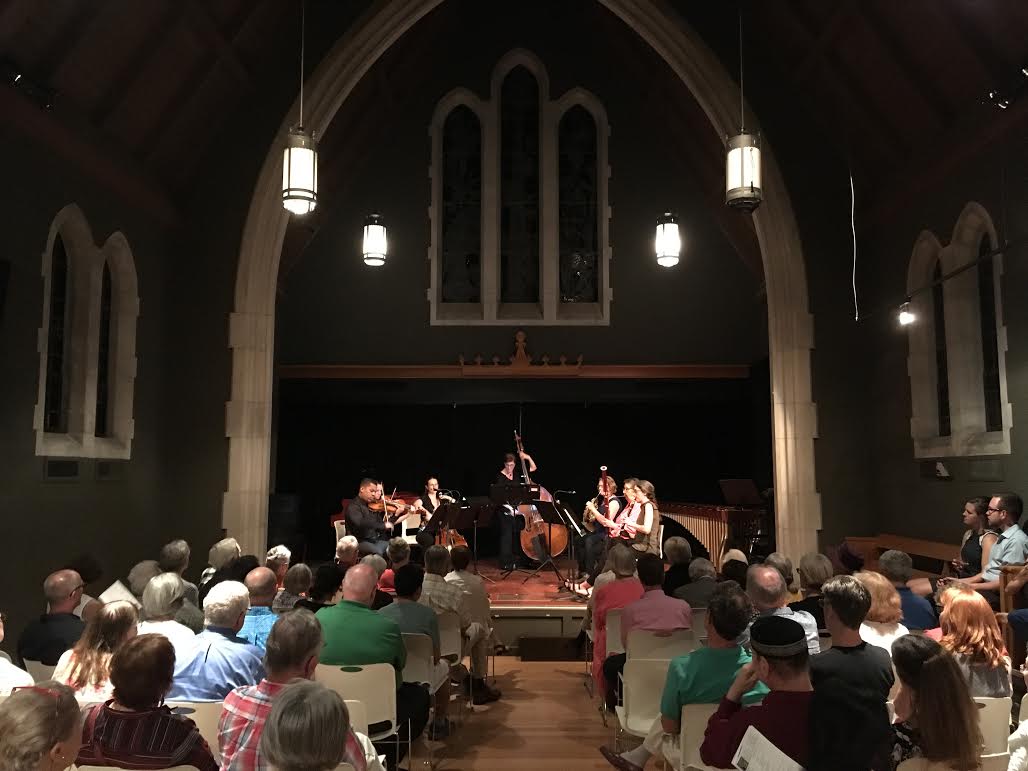Meet composer Katherine Bodor
/Our friend, composer Chris Stark, know we're always on the look out for young, interesting composers to work with. He recommended one of his former students to us, so we reached out to Katherine and she said yes! We asked her to write a piece for our upcoming ECO concert, which is all about nature. She eloquently answered a few questions for us! Get to know her here and come out on Friday to the 560 Music Center or if you're up for an adventure, drive out to Augusta for dinner and the concert!
Tell us a little about your path to becoming a composer?
My path has had a few twists along the way - as any composer, I'm sure! I've always been musical, playing piano, percussion, and guitar for various lengths of time, but music was always a hobby, and as much as I deeply enjoyed it, I didn't consider it as my primary focus. School and science came first, and so I went into undergrad at WashU convinced I'd become a mechanical engineer. The demands of an engineering major quickly took over my life and I stopped practicing piano - but vocal music took its place. As I arranged for my student-run a cappella {ensemble of voices only} group and sang with the WashU Chamber Choir, I fell in love with the beauty of the intersection of individual line and vertical sonority. I decided to get a music minor since I had no formal theory training, and took a semester of composition during my freshman year as an elective, but didn't take it too seriously since I still considered myself primarily an engineer.
Over the next few years, I realized I was happiest when arranging or singing, for it felt meaningful to connect with others and work toward a whole greater than the sum of its parts (which may sound like lofty, philosophical language, but I truly believed it!) Toward the end of my junior year, I realized that I shouldn't be doing something - engineering - that didn't feel truly meaningful, so I finagled my credits, changed my music minor to a music major in composition, and changed my BS in Engineering to a BaS (just a few less classes to take). Almost instantly, things started falling into place for me - I had a lot I wanted to write in composition lessons, I won a small competition, and the WashU Chamber Choir premiered a work of mine in my last semester. I was encouraged by my professors to keep writing, so I took a year off after graduating in May 2016 to refocus my passions into music. I interned at an a cappella production studio, did vocal arranging for scholastic groups, wrote a few instrumental pieces, won a couple more small competitions ... and took a chance and applied to grad school in music composition. Someone at IU Jacobs School of Music {Indiana University} must have liked something they saw in my portfolio, because here I am, getting my masters! I feel incredibly fortunate to be pursuing music full-time, working on both the instrumental/contemporary front, and also continuing to arrange professionally for vocal groups.
Who are some of your favorite composers/performers/musicians?
Oh man, there's so many! I'll throw out a bunch that come to mind, but this is by no means exhaustive: Beethoven, Stravinsky, Britten, Bartók, Reger, Bruckner, Carter, Penderecki, Pärt, Julia Wolfe, Anders Hilborg, Evelyn Glennie, Radiohead, Bjork, Caroline Shaw, Augusta Reed Thomas, David Ludwig ...
What is your favorite instrument or ensemble to write for?
Tough question for sure - I enjoy writing for all sorts of instrumental combinations, but I seem to be biased toward the voice and toward strings. There's something visceral about the connection between text and music that always piques my creativity; and I wrote a solo violin piece for my roommate last fall that made me fall in love with the range of expression of a single string instrument. Of course, that isn't to say that all other instruments don't have a massive range of expression! In fact, I think it actually comes down to the dedication of the performer, and the excitement and intention they bring to their instrument, which is really the ultimate treat for a composer.
What are some of the challenges and rewards you encountered when composing this piece for Chamber Project?
When I was first asked about this commission, my mind went crazy with possibilities. Celebrating and protecting mother earth has always been very near to my heart, and it's a cause I get extremely passionate about. I've been on a huge anti-plastic kick in the past couple of years - there is so much harm in straws, plastic bags, and lined cups for hot drinks, to name a few. All these single-use items we throw in the trash mindlessly ... it's a tad inconvenient at first to always have a cloth bag or a to-go mug with you, or to ask for no straws in restaurants and elsewhere, but I believe that every little thing I do does make a difference, and is necessary.
With this in mind - and imagining the Great Pacific Garbage Patch in particular - I tried to find texts concerning the plastic build-up in the oceans, thinking I'd structure my piece around the flow of water - and the flow of global ecosystems - that are interrupted and destroyed by plastic build-up, represented by musical interruptions and breaks in melody and texture. However, my plastic-related search was derailed in late July 2017 when I discovered The Uninhabitable Earth. I spent a couple hours digesting the article, got unreasonably angry, brooded for the rest of that day, re-read the article the next day, got depressed at feeling powerless, and then realized I had no choice but to write the commission about this subject. Luckily, some of the musical elements I had sketched out already - specifically, the idea of flow and interruption - made it into this new piece.
The biggest challenges then were to narrow down the text of The Uninhabitable Earth to the most essential, and also to find a musical language that captured my personal response to the text as accurately as possible. It took me a couple weeks alone to develop the harmonic language, fiddling at the piano to find sonorities that spoke to me as "this-is-almost-but-not-quite-beautiful-and-is-tinged-with-the-ominous." With that, the next challenge - perhaps the biggest one of all - was to set the text in a way that captured all the elements I was going for, but was also singable and idiomatic enough for the human voice (which is tricky!) Fortunately, Katherine Jolly happens to teach at IU, and I was able to collaborate with her closely and check in throughout the text setting process to capitalize on her skills. I really appreciate her collaborative spirit and guidance, and am very grateful to have worked in tandem with her.
What role to you think classical music plays in today's society?
I recently read a quote from Karl Paulnack, director of music division at Boston Conservatory: "If we were a medical school, and you were here as a med student practicing appendectomies, you'd take your work very seriously because you would imagine that some night at 2 AM someone is going to waltz into your emergency room and you're going to have to save their life. Well, my friends, someday at 8 PM someone is going to walk into your concert hall and bring you a mind that is confused, a heart that is overwhelmed, a soul that is weary. Whether they go out whole again will depend partly on how well you do your craft."
I believe strongly in this sentiment. I believe music, and live music in particular, has the potential to heal, challenge, and change us, and that is absolutely crucial. The world has a lot of potential to become increasingly cold and impersonal, and I believe classical - and contemporary - music can make us feel more connected, more present in the moment, and ultimately, happier.
Since this is a concert inspired by Nature: what is one of your favorite 'nature' places/experiences?
When I was young, I always wanted to be outdoors: my childhood home was on the edge of Minnesota woods, and when I wasn't outside climbing on rocks and running down hills, I was inside, gazing at the way sunlight filtered through leaves, head lost in the clouds. As I grew older and discovered things like Thoreau's Walden, they resonated deeply, and I would make bold declarations to my mom like "I am a real environmentalist!" Of course, growing older and learning more meant realizing that the natural world isn't always in a magical balance. It isn't guaranteed to be there forever, since humans truly affect ecosystems and affect natural processes, sometimes to catastrophic extremes. Therefore, one of my favorite places on earth - one I experienced just a couple years ago - is the Grand Canyon. It is deeply humbling and awe-inspiring to see that incredible rift in the earth, carved on an unimaginable timescale by natural processes that humans had no say in. It speaks very viscerally to the power and patience of the natural world, and is a reminder of how small we really are.
What's next for you?
I'll be at IU Jacobs for one more year to finish up my masters, and after that, I'm interested in working for a nonprofit ensemble or collective while continuing to compose for any ensemble I can collaborate with. Or, maybe I'll refurbish and live out of a van for a year ... I've got a range of things I'd like to do! In the meantime, I'll be writing for, and attending, a couple summer festivals this year, and I've got a chamber symphony in the works, as well as a few pieces to write for friends. I also have plans for some demanding vocal music - I'm eager to keep writing, keep exploring.
Visit our Events pages for tickets and details


